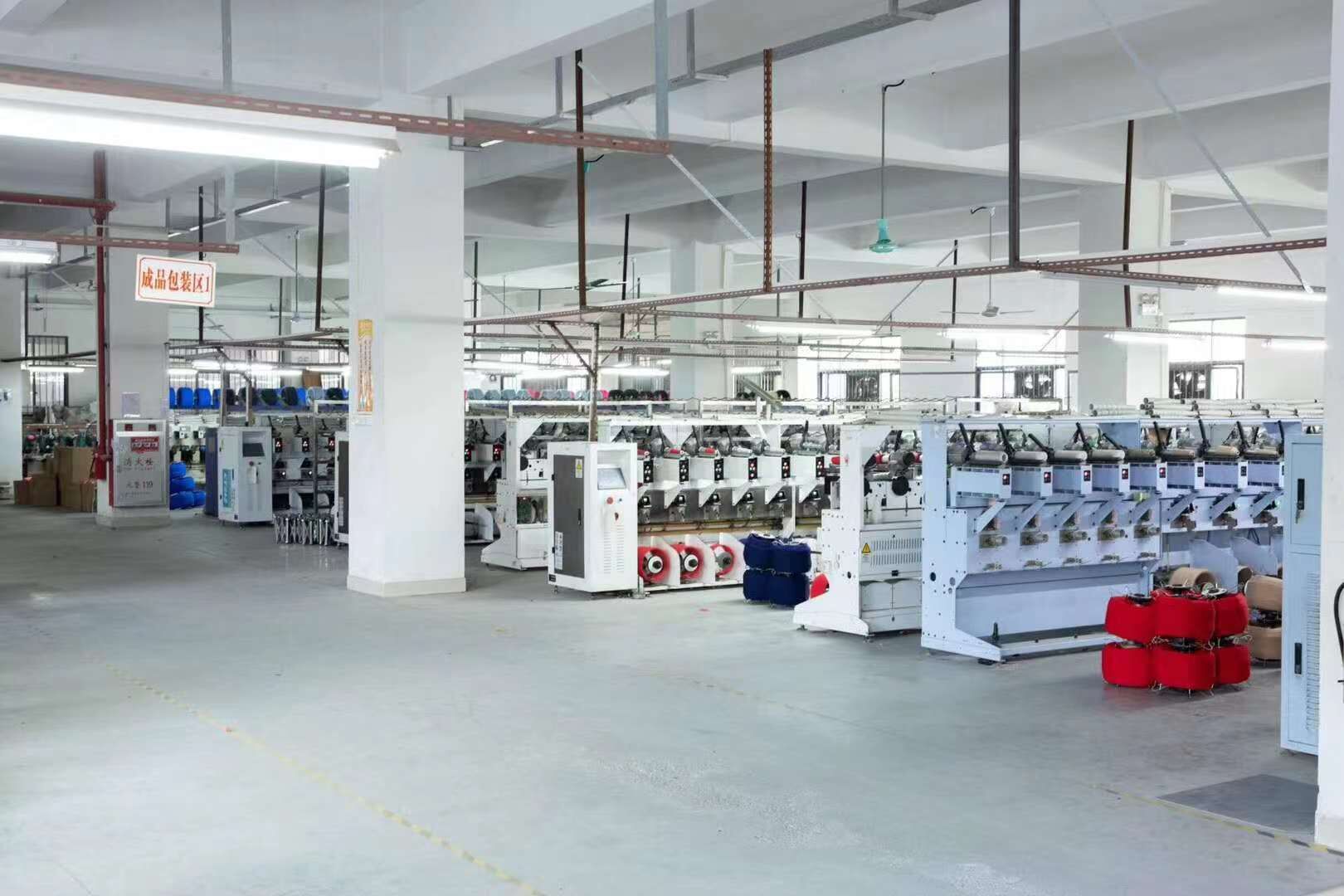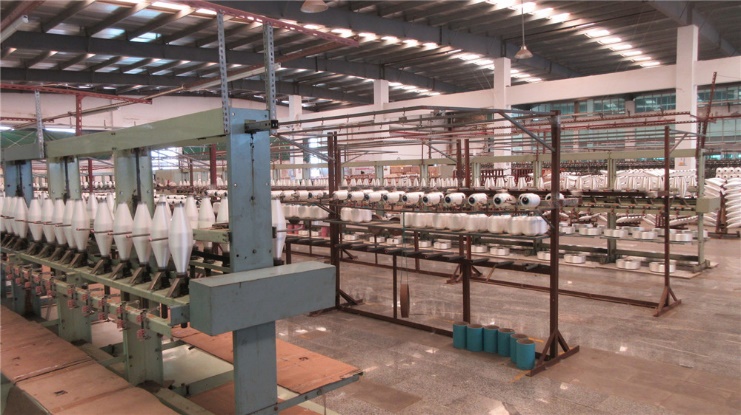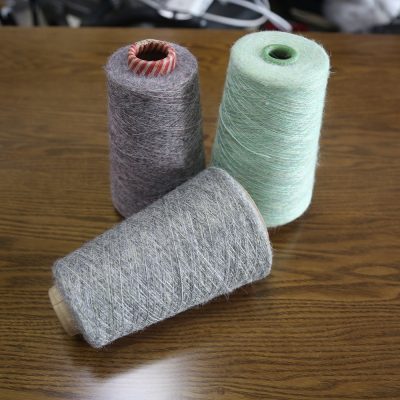
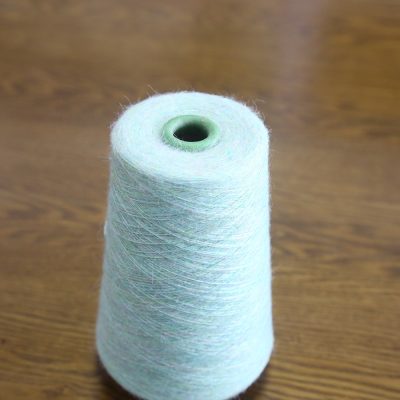
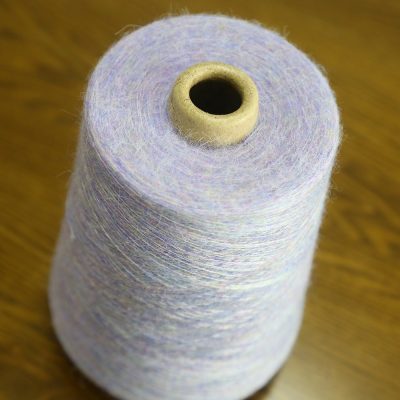
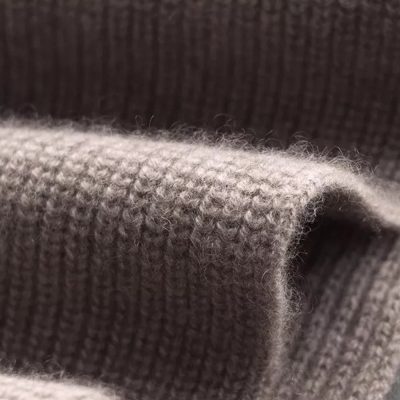
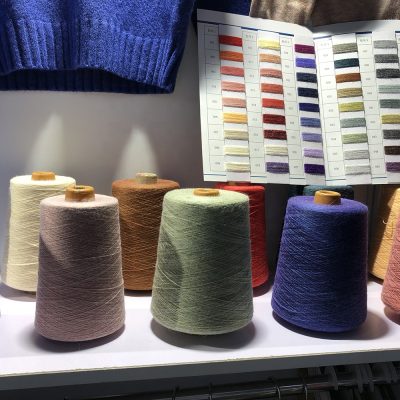
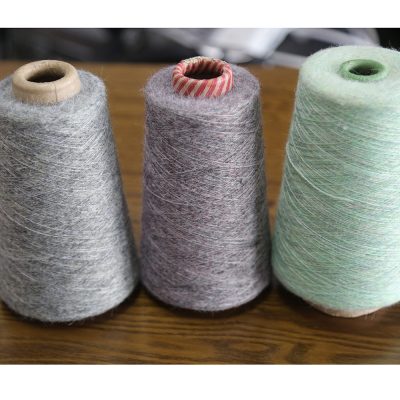
| Product Name | Acrylic Yarn |
| Material | 100% Acrylic |
| Technics | RING SPUN |
| Feature | Sustainable, Recycled, Anti-pilling, SOFT |
| Yarn Count | 7S |
| Strength | 7KG |
| Usage | DIY Hand Crochet Yarn like sweater, hat, scraft, shoes… |
| Application | Crochet DIY |
| Strands | 2PLY |
| Weight | 8KG |
| Thickness of the thread | 4mm |
| Suitable for steel needle size | 11#-20# |
| Crochet hook size | 3mm-10mm |
| MOQ | 3kg |
Polyacrylonitrile fibers can be blended with wool to form wool, or woven into blankets, carpets, etc., and can also be blended with cotton, man-made fibers, and other synthetic fibers to be woven into various clothing and interior products. The expanded polyacrylonitrile fiber can be spun purely or blended with viscose fiber. Acrylic fiber is unique in the internal structure of Oita, showing an irregular spiral conformation, and there is no strict crystallization zone, but there are high-order and low-order arrangements. Due to this structure, acrylic fiber has good thermal elasticity (processable bulked yarn), acrylic fiber has a low density, which is smaller than wool, and the fabric has good warmth retention. It is a kind of chemical fiber yarn in the textile industry. Acrylic fiber material is used to form acrylic fiber yarn through pre-spinning and post-spinning winding yarn. Alias ”acrylic yarn”.
Acrylic yarn is divided into three types: cotton-spun acrylic, wool-spun acrylic and worsted acrylic. The three fiber lengths are different, and there are two common types of cotton spinning and wool spinning on the market. In addition, according to its raw materials, it can be divided into specifications such as solid acrylic fiber, expanded acrylic fiber, and modified acrylic fiber.
Its characteristics: good sunlight and weather resistance (ranking first), poor moisture absorption, and difficult to dye.
Uses: Mainly used for civilian use. It can be pure spinning or blended spinning to make a variety of wool, wool, blankets, sportswear, and also: artificial fur, plush, bulked yarn, hose, umbrella cloth, etc.
